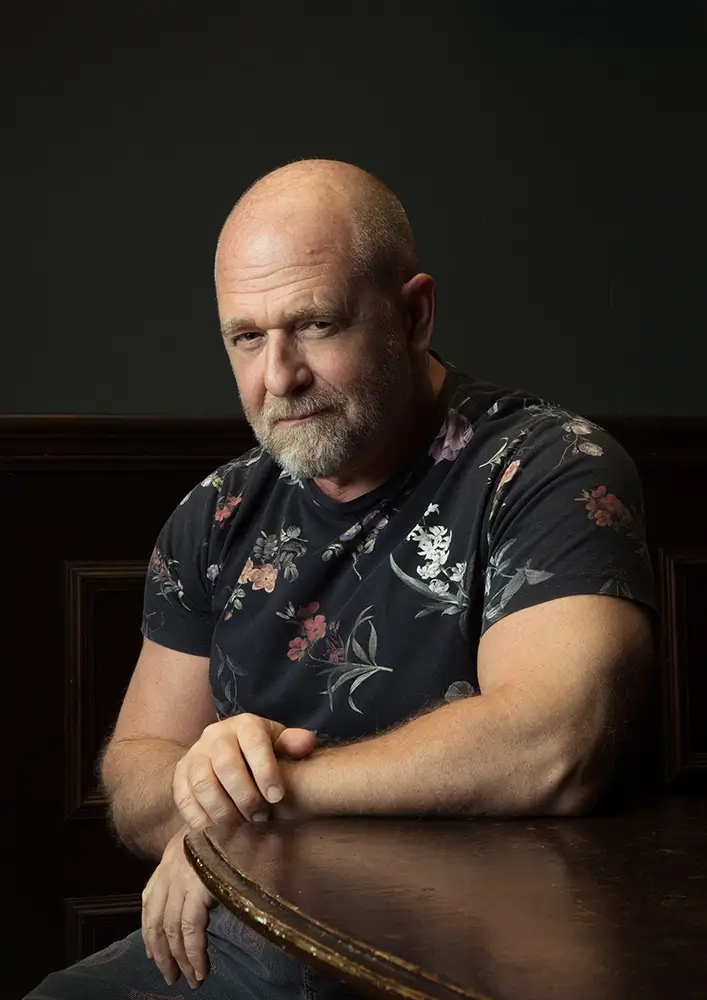Dmitry Ersler is an award-winning fine art and advertising photographer with over two decades of experience. Born in Moscow, USSR and now based in Thailand, he began his artistic training under the guidance of his father. From 1976 to 1984, he studied at a Moscow public school, followed by public high school from 1984 to 1986. Between 1998 and 2004, he studied law at the Moscow Law University. Simultaneously, from 1999 to 2002, he pursued professional photography studies at the Moscow School of Art and Photography.
Artist Statement:
The artist's task is to awaken the viewer's imagination. My goal as a photographer is to evoke the viewer's imagination, trigger it, bring it to life. No one can create a picture better and brighter than the viewer's own imagination. It just needs a push, an impulse.
My name is Dmitry, and I am a photographer. I create realistic-style photos depicting people in everyday life. However, most of my works are pictures with stories, with a narrative.
The idea of creation such works is to photograph images with embedded stories and attempt to describe them using various techniques (interior details, clothing or props, lighting, model's pose, facial expressions, gestures, and so on).
The people on these photographs are not just models; each of them is a participant in some events, a hero of their own story. And in each story, there was a past that happened just a moment before the viewer approached the photograph.
There is also a present frozen while the viewer looks. And there is a future that will come as soon as the viewer steps away from the image. Each viewer has to examine the present himself, speculate about the past, and anticipate the future. What was in this imaginary past and what will be in the future entirely depends on the imagination of each viewer.
The most important thing for me is that the viewer, flipping through a magazine or walking along the gallery wall, stops and looks at the image, freezes, and begins to ask themselves questions: What is happening here? Why is the protagonist of the picture doing this? What prompted him to do this? What will happen next?
Making these questions arise is the essence of art.
